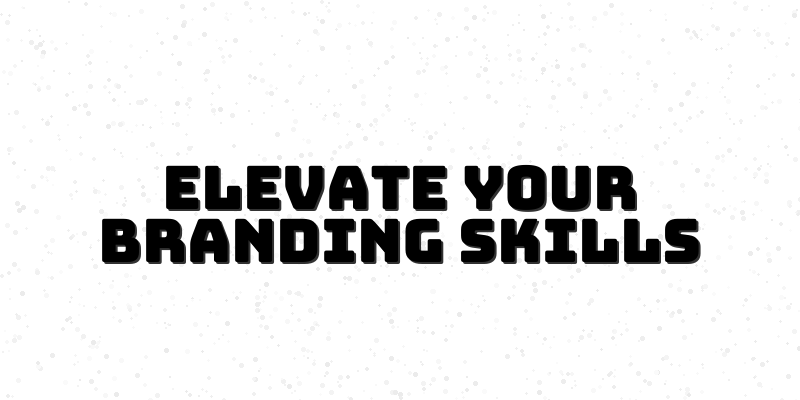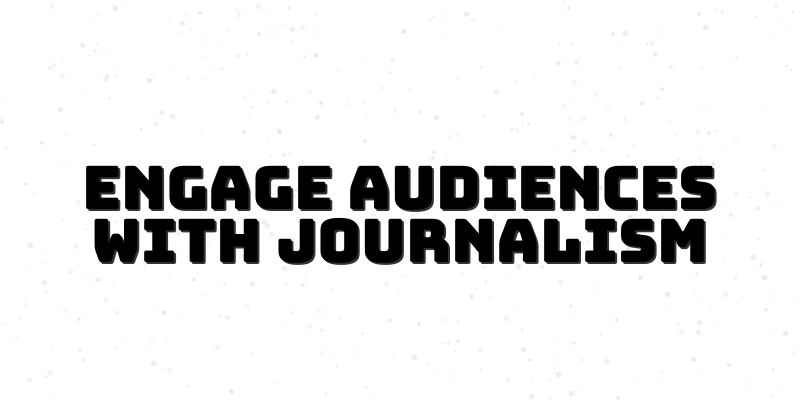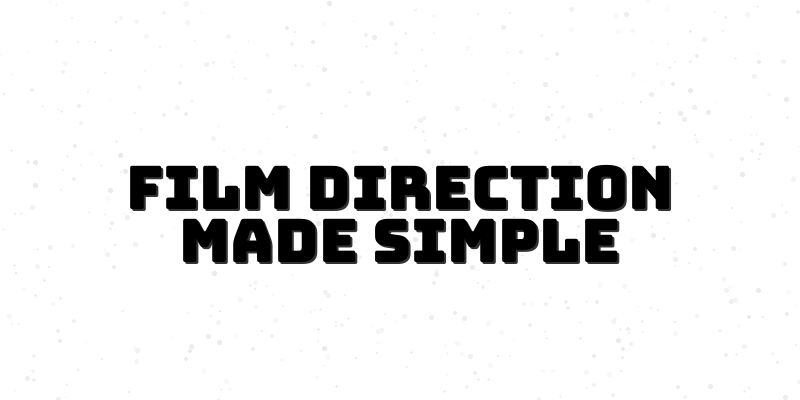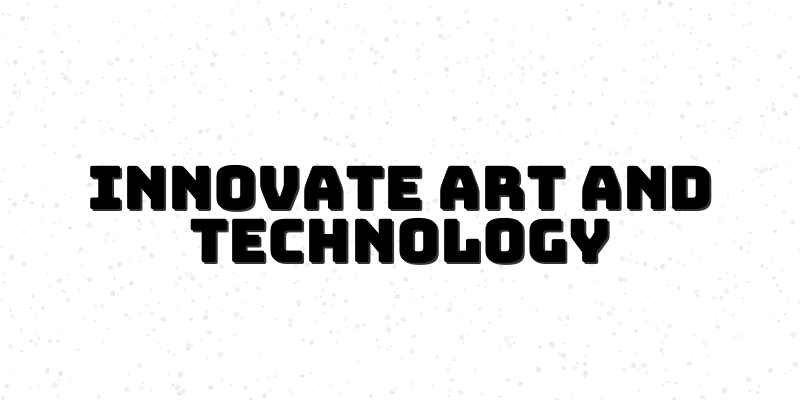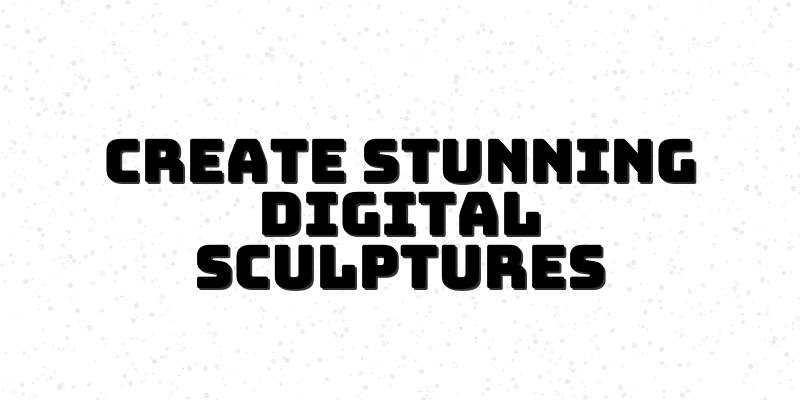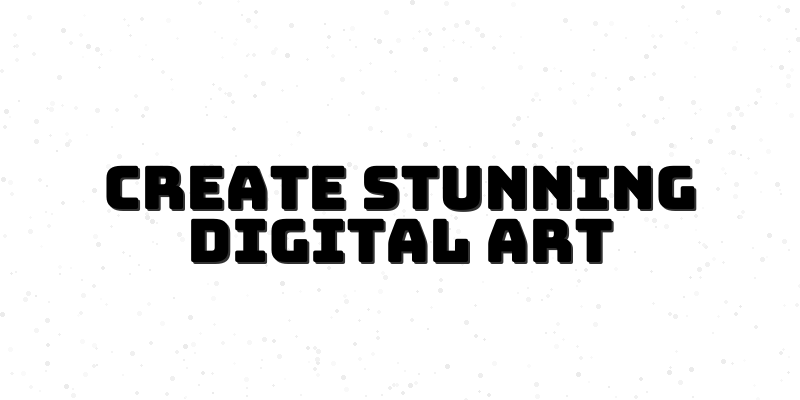Enhance Your Branding Techniques: Key Elements for Success
Branding is an indispensable factor in creating a lasting impression in any market. In this blog post, we delve deeply into effective branding techniques that will elevate your design work and help you stand out in a competitive landscape. Whether you're looking to refine your logo design strategies or enhance your marketing materials, understanding the nuances of branding will unlock a new realm of creativity and effectiveness in your projects.
Understanding Branding Techniques
Branding techniques form the backbone of effective designs and marketing strategies. They are essential in making a product or service recognizable and relatable to a target audience. By mastering effective branding techniques, designers can create cohesive visual and emotional connections with consumers, fostering loyalty and trust.
Key components of branding techniques include:
- Brand Identity: This encompasses the visual elements that represent your brand, such as logos, colors, typography, and imagery.
- Brand Messaging: This is how a brand communicates its values and services to the market, often conveyed through slogans and marketing materials.
- Brand Positioning: Understanding where your brand fits in the market landscape and how to differentiate it from competitors is fundamental to branding.
Incorporating these elements into your design is essential for establishing a strong brand presence. Each piece contributes to a larger narrative that resonates emotionally with potential customers, ensuring that your target audience sees not just a logo, but a brand that represents their values and resonates with their aspirations. By carefully crafting these branding elements, you pave the way for a more impactful and memorable relationship with your audience.
The Role of Logo Design in Branding
Logo design is a critical element of branding techniques as it encapsulates the essence of a brand in a single visual mark. A well-designed logo creates a first impression and has the power to evoke trust and recognition from consumers. To design an effective logo, consider the following:
- Simplicity: A logo should be easy to recognize and remember. Simplicity facilitates faster recognition and understanding.
- Relevance: Your logo must be relevant to your target audience and align with the message you want to convey.
- Versatility: An effective logo works across various mediums and sizes, ensuring brand visibility no matter the context or application.
- Timelessness: Aim for a design that won't be quickly outdated. Trends come and go, but a strong logo should stand the test of time.
Logo design is not just about aesthetics; it’s about creating a visual representation of a brand's identity that communicates its message under any circumstance. This is achieved by leveraging color psychology, typographic choices, and visual balance to create logos that truly resonate.
Crafting Effective Marketing Materials
Marketing materials are an essential extension of branding techniques, as they help communicate the brand's message and engage with the audience. Effective marketing materials include brochures, business cards, and promotional flyers that are consistent with the brand's identity. Here are some techniques for effective crafting of marketing materials:
- Consistency in Design: Ensure that your marketing materials align with your overall branding strategy by maintaining a consistent color palette, typography, and imagery styles across all mediums.
- Clear Messaging: Clear and concise messaging is vital. It should quickly communicate the value proposition and guide the reader toward a call to action.
- Quality of Content: The content must be high-quality, both in terms of design and written messaging. Great design draws attention, but effective copy converts leads.
Using these techniques, you can create marketing materials that not only represent the brand effectively but also drive engagement and conversions. Successful materials bear the hallmark of thoughtful design that captures attention while equally conveying the necessary information persuasively.
The Power of a Comprehensive Style Guide
A style guide is an essential tool for maintaining brand consistency and clarity across all communication channels. It outlines the rules for using brand elements such as logos, fonts, colors, and image styles. A well-crafted style guide serves the following purposes:
- Guidance for Designers: It becomes a reference for current and future design work to ensure consistency.
- Onboarding Resource: New team members or partners can quickly understand the brand's visual and messaging guidelines, making future collaborations smoother.
- Brand Integrity: A style guide helps uphold the integrity of the brand by providing clear usage guidelines that prevent misuse or misrepresentation of the brand.
Creating an effective style guide requires understanding your brand's voice and the visual elements that communicate that voice. Investing time in building a robust style guide pays dividends in maintaining a cohesive brand image across all platforms.

